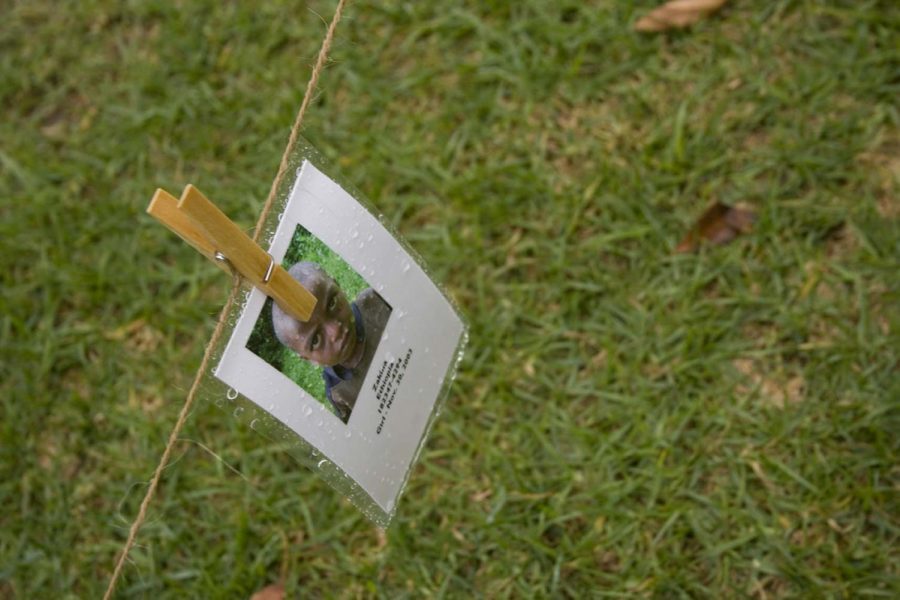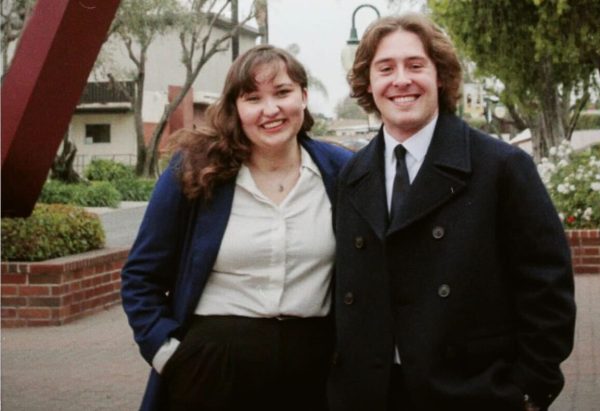Campus display puts faces on worldwide AIDS epidemic
Hundreds of portraits were strung across Metzger Lawn Friday. The display, commemorating Saturday’s World AIDS Day, was coordinated by Biola’s Social Justice Ministry.
December 1, 2007
For students who attended Friday’s chapel, a new perspective on the world AIDS epidemic came into play — it’s what Matt Gundlach, director of Biola’s Social Justice Ministry (SJM), calls the “human aspect.”
Chapel attendees watched a video in commemoration of the 20th annual World AIDS Day, which happens today, Dec. 1.
SJM decorated Biola’s already festively outfitted campus with reminders of World AIDS Day. Prominent among these decorations was a display on Metzger Lawn showing pictures of children with AIDS. Gundlach said SJM was trying to put a “real face behind the issue.”
The “issue” is that an estimated 2.1 million people died of AIDS in 2007, according to UNAIDS, a United Nation program that monitors the AIDS epidemic. It names AIDS as a leading cause of death in the world and the primary cause of death in Africa.
Other displays around campus included sheets of paper with AIDS victims’ names written on them, draped over trees and bushes, and chalk markings near the student mailboxes mentioning World AIDS Day.
Despite the Friday rain, which ruined some of the displays, Gundlach said he still hopes students would see that AIDS “affects real people in real concrete ways.” He says, however, that SJM is not about “guilt-tripping people,” which he says can often occur in the world of charitable organizations.
Gundlach said SJM promotes World AIDS Day because it is connected with many issues around the world, and students will likely run into it wherever their ministries may be.
“[AIDS] is arguably the greatest humanitarian crisis we’ve faced,” he said.
Dr. Peter Piot, executive director of UNAIDS, said in a written statement that fixing the world’s AIDS problem is more than just a politician’s job.
“It involves religious leaders, community, youth and council leaders, chief executives and trade union leaders,” he said.
For more information on the epidemic, see links to the right.







